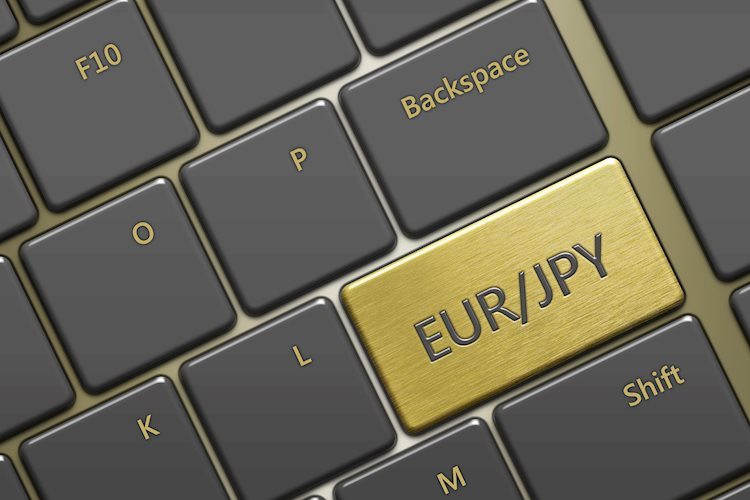- EUR/JPY drops to its lowest level since October in reaction to stronger Japan’s CPI on Friday.
- Reviving December BoJ rate hike bets and geopolitical tensions benefit the safe-haven JPY.
- Expectations for more aggressive rate cuts by the ECB undermine the Euro and the cross.
The EUR/JPY cross attracts some follow-through selling for the second straight day and drops to its lowest level since October 4 during the Asian session on Friday, albeit it managed to rebound a few pips thereafter. Spot prices currently trade around 161.65-161.70 region, still down for the second straight day amid a stronger Japanese Yen (JPY).
The Bank of Japan Governor Kazuo Ueda said on Thursday that the central bank will seriously take into account the impact of the recent foreign exchange-rate movements could have on the economic and price outlook. Adding to this, data released this Friday showed that all three measures of the Consumer Price Index (CPI) in Japan remain above the BoJ’s 2% target. This keeps the door open for another BoJ interest rate-hike move in December, which, along with geopolitical tensions stemming from the worsening Russia-Ukraine war, turns out to be a key factor underpinning the safe-haven JPY.
The shared currency, on the other hand, continues with its relative underperformance in the wake of bets for more aggressive interest rate cuts by the European Central Bank (ECB) amid a bleak Eurozone economic outlook. In fact, the ECB is anticipated to cut its Deposit Facility Rate again by 25 basis points (bps) in December and lower rates by a cumulative of 100 bps in 2025. Adding to this, concerns that US President-elect Donald Trump’s taunted tariffs could have a significant impact on the region’s economic growth further undermine the Euro and exert some pressure on the EUR/JPY cross.
That said, speculations that increased political uncertainty in Japan could delay the BoJ’s plans to raise interest rates further and hold back the JPY bulls from placing aggressive bets. Adding to this, the prevalent risk-on mood caps gains for the safe-haven JPY and helps limit the downside for the EUR/JPY cross. Next on tap is the release of the flash Eurozone PMI prints, which will provide a fresh insight into the region’s economic health and influence the common currency. Apart from this, geopolitical development will drive demand for the safe-haven JPY and provide some impetus to the currency pair.
Japanese Yen PRICE Today
The table below shows the percentage change of Japanese Yen (JPY) against listed major currencies today. Japanese Yen was the strongest against the New Zealand Dollar.
| USD | EUR | GBP | JPY | CAD | AUD | NZD | CHF | |
|---|---|---|---|---|---|---|---|---|
| USD | 0.06% | 0.10% | -0.08% | 0.04% | 0.08% | 0.40% | -0.04% | |
| EUR | -0.06% | 0.04% | -0.13% | -0.02% | 0.02% | 0.34% | -0.09% | |
| GBP | -0.10% | -0.04% | -0.16% | -0.06% | -0.02% | 0.30% | -0.14% | |
| JPY | 0.08% | 0.13% | 0.16% | 0.11% | 0.15% | 0.46% | 0.04% | |
| CAD | -0.04% | 0.02% | 0.06% | -0.11% | 0.03% | 0.36% | -0.08% | |
| AUD | -0.08% | -0.02% | 0.02% | -0.15% | -0.03% | 0.33% | -0.11% | |
| NZD | -0.40% | -0.34% | -0.30% | -0.46% | -0.36% | -0.33% | -0.44% | |
| CHF | 0.04% | 0.09% | 0.14% | -0.04% | 0.08% | 0.11% | 0.44% |
The heat map shows percentage changes of major currencies against each other. The base currency is picked from the left column, while the quote currency is picked from the top row. For example, if you pick the Japanese Yen from the left column and move along the horizontal line to the US Dollar, the percentage change displayed in the box will represent JPY (base)/USD (quote).
Read the full article here

